First there was the driverless car. This concept still requires a carload of money to own the smart car which will transport you to your destination without you having to drive. Then the concept of flying taxi was introduced. Singapore and Dubai are now racing toward the finish line to become the first city in the world to launch flying-taxi.
However, before the flying-taxi could take off, transportation experts have poured cold water into the excitement – that it could create more problems than they solve. Flying taxis are basically giant drones. Call it heliport, taxi stand, small airport or whatever but who’s going to build the ground infrastructure for the flying taxi to park, take off or land?
Then there’s the issue of batteries, noise (depending on the type of engines used), jobs, human pilots and the list goes on. Yes, like the concept of driverless car, players such as UberAir still hasn’t figured out how to incorporate human pilots element into the picture before a flying taxi could be certified and verified to be a safe and workable solution.
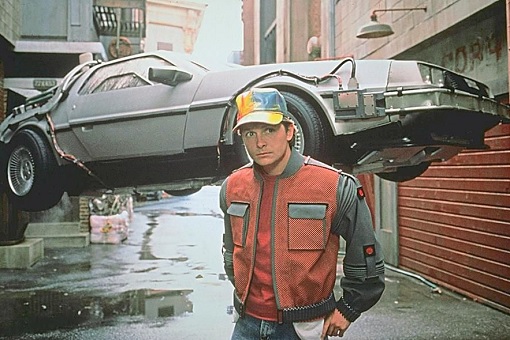
In a nutshell, the high costs of ensuring the safety and reliability of a flying taxi could be so overwhelming that by the time they can take off to the sky – both commercially and technically feasible – the problems presently associated with driverless car could have had been solved ages ago. That’s where the “Robo-Taxi” comes into play.
Uber – the U.S. ride-hailing company – has been stripped of its London licence last week. The firm’s application for a new licence in London was rejected by Transport for London on the basis that the company is not a “fit and proper” private car hire operator. However, that decision is more of a political and protectionism decision rather than a business one.
The decision to kick Uber out by Transport for London was backed by the London mayor, Sadiq Khan, together with employment rights campaigners, and the trade body for the capital’s black-cab drivers. However, it drew immediate criticism from Uber users, drivers and Greg Hands, the trade minister, not to mention Prime Minister Theresa May.
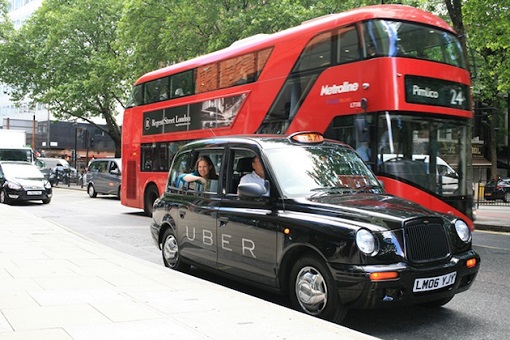
The Transport for London said it had rejected the company’s application to renew its licence because “Uber’s approach and conduct demonstrate a lack of corporate responsibility” in relation to reporting serious criminal offences, obtaining medical certificates and driver background checks. But if the claims were true, Robo-Taxi could solve the problem – in the next few years.
Yes, in the next few years, Mr. Mayor Sadiq Khan and the Transport for London might have very little excuse to deny players such as Uber from operating the city. That’s because driverless taxi – Robo Taxis – are set to totally transform the landscape of mass transit systems, according to a research done by UBS.
UBS claims – “The shift towards electric and autonomous vehicles, combined with intensifying competition, should reduce the fee charged to passengers by as much as 80% compared to today. Within the next few years, the technology will be available to make robo-taxis a reality. In this new paradigm, owning a private car will cost almost twice as much as using robo-taxis.”
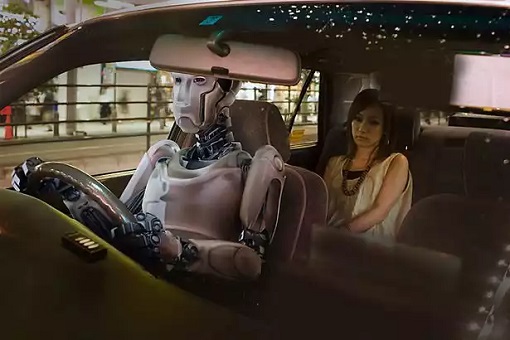
Interestingly, in a survey done by UBS previously, it was found that only 17% of 8,000 people polled in the U.S., Europe and Australia said they would be willing to fly a pilotless commercial plane – even if the ticket is cheaper. But if 83% of people were already too afraid to fly in a pilotless commercial plane, what chances are there that they are willing to take a flying taxi?
Therefore, it makes perfect sense that Robo-Taxis could come into reality before Flying-Taxis does. UBS said driverless taxis would offer wider access to mobility, save households around 5,000 Euros (US$5,907; £4,409; RM24,950) a year, and reduce the number of car accidents. For now, the immediate issue is to solve the problem of accidents.
In February, one of Google’s self-driving cars caused an accident in California. And in March, Uber pulled its driverless taxi fleet from the streets of Arizona, Pittsburgh and San Francisco after a crash in Arizona involving one its autonomous vehicles. But the world’s first accident involving a driverless taxi took place in Singapore in Oct 2016, as a robo-taxi collided with a lorry while changing lanes.
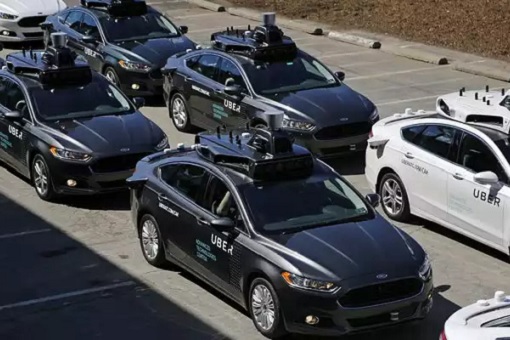
However, in the case of the crash involving Uber’s driverless taxi in Arizona, a police report appears to support the claim that Uber was not to blame. Apparently, the Uber Volvo SUV was hit as it crossed an intersection by an oncoming car that was turning left. The report states that the light turned yellow as the Uber entered the intersection.
While everyone knows that when you see a yellow light, you are supposed to slow down and stop, it’s also true that everyone also knows that there is a grey zone when a light turns yellow as you arrive at an intersection. You can either slam on the brake, which might cause an accident, or you can maintain your speed if you are confident you can pass through the entire intersection before the light turns red.
In the case of Uber, the driverless car made the decision to maintain its speed because based on its calculation, the car can cross the intersection with sufficient time. True, it’s not a perfect driverless car now. But in a few years, today’s dumb robo-taxis will definitely become more intelligent. Unless buying a car is crazily cheap in your country, an 80% cheaper ride using robo-taxis is simply too good to resist.
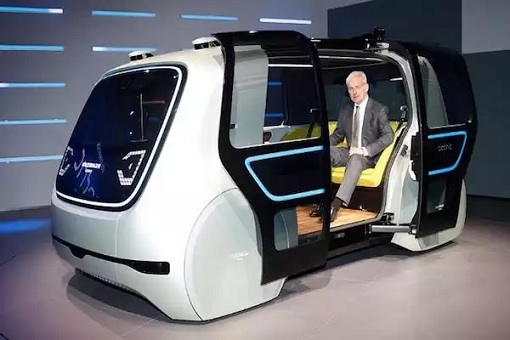
Other Articles That May Interest You …
- Finally, Saudi Women Can Drive – Only Because They’re Needed To Boost Economy
- Meet Billionaire Stephen Hung, Who Ordered 30 Rolls-Royces But Now In Huge Debt
- Here’re 7 Flying Car Projects That Could Make “Back To The Future” A Reality
- Security Guards In China – You Don’t Pay, We Lift Your Car Onto Roof!!
- VW To Produce Its 1960s Iconic Microbus – All Electric – In 2022 (Photos)
- US$1.021 Trillion – Americans’ Credit Card Debt Hits History HighAdd
- Forget Driverless-Car, Singapore & Dubai Are Racing For “Flying-Taxi”
- You Kicked Me, I Chewed Your VW Jetta – A Dog’s Sweet Revenge

|
|
October 1st, 2017 by financetwitter
|


|

|

|

|

|

|




























Comments
Add your comment now.
Leave a Reply